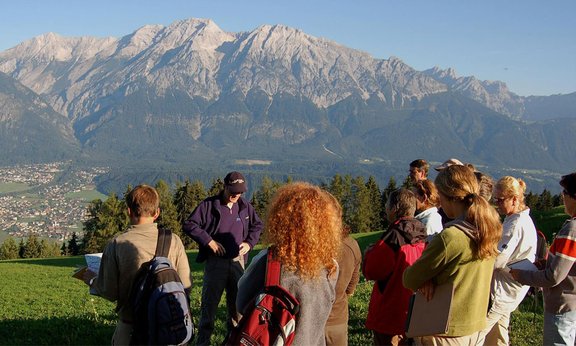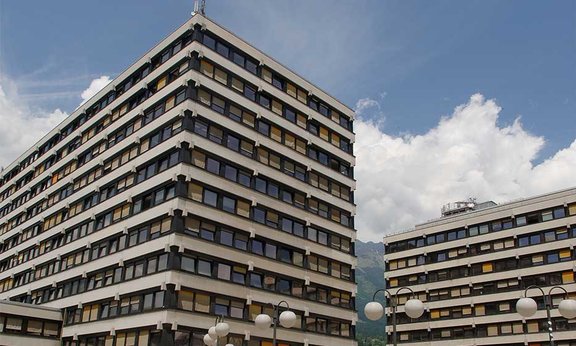Fakultät für Geo- und Atmosphärenwissenschaften
News und Veranstaltungen
- Wohnen in Tirol: Neue Bedarfsstudie in Arbeit
Das Institut für Geographie an der Universität erarbeitet in einer Forschungskooperation mit dem Land Tirol, Abteilung Wohnbauförderung, bis Ende 2024 eine Bedarfsstudie „Wohnen in den Tiroler Regionen und Gemeinden". Ziel des Projektes ist es den aktuellen und zukünftigen Wohnbedarf in Tirol und seinen Regionen zu untersuchen und Grundlagenwissen für die Entwicklung eines bezahlbaren, bedarfsgerechten und nachhaltigen Wohnraums zu schaffen.
23.01.2024 - Afrikas Gletscher gehen stark zurück
Die wenigen Gletscher Afrikas schwinden einer Studie zufolge im Zuge der Klimakrise rasch – und könnten bis Mitte des Jahrhunderts verschwunden sein. Auf dem fast 6.000 Meter hohen Kilimandscharo in Tansania, dem etwa 5.300 Meter hohen Mount Kenia in Kenia und dem rund 5.100 Meter hohen Ruwenzori-Gebirge an der Grenze zwischen Uganda und der Demokratischen Republik Kongo haben sich die Eisflächen allein seit den ersten Jahren des 21. Jahrhunderts mehr als halbiert.
27.02.2024 - Gletscher in Gefahr: Jedes Zehntelgrad zählt
Ein internationales Forscher*innen-Team mit Beteiligung des Innsbrucker Glaziologen Fabien Maussion beschreibt im Fachmagazin Science mit bisher einzigartiger Genauigkeit das Schicksal aller Gletscher weltweit je nach Temperaturszenarien zwischen +1,5°C und +4°C Erhitzung. Aktuell steuert die Welt in Richtung +3°C, was zum Verlust von 75 Prozent der Gletscher bis 2100 führen würde. Die Forscher*innen appellieren: Jedes Zehntelgrad weniger zählt, um das Abschmelzen einzudämmen.
Kontakt
Büro des Dekans
Innrain 52f
6020 Innsbruck, Austria




